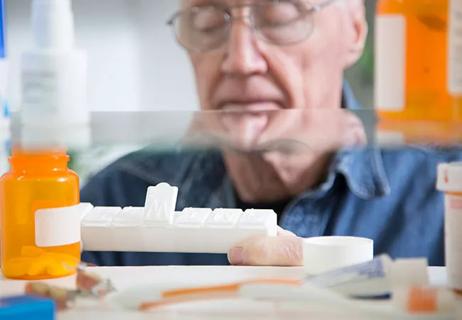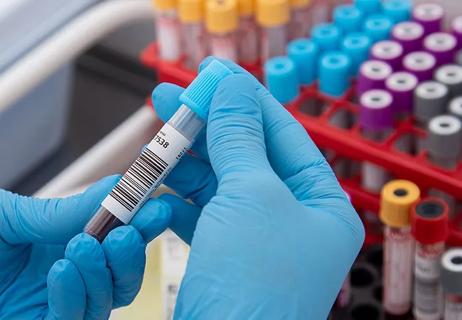Better tests needed to avoid surgeries

Around the world* there has been an increase in the number of thyroid cancer diagnoses, according to a study reported on in the New England Journal of Medicine. But as the number increases, so too do the number of unnecessary interventions, including total thyroidectomy and lymph node dissection with radiotherapy.
Cleveland Clinic is a non-profit academic medical center. Advertising on our site helps support our mission. We do not endorse non-Cleveland Clinic products or services. Policy
“Overdiagnosis of thyroid cancer is leading to unnecessary surgeries and stressed out patients,” says Cleveland Clinic Endocrinologist Mario Skugor, MD. He attributes this to the expanded availability of noninvasive tests, primarily the ultrasound, with others including CT scanning and MRI. These tests make it easy to detect very small tumors that rarely are clinically significant and almost never cause mortality.
Dr. Skugor notes that he’s been asked to perform ultrasound testing at health fairs and he always declines. “It is the wrong thing to do,” he says. “Small thyroid nodules are common, with 50 percent of women over the age of 50 having them, but the vast majority of them being benign. If people find out they have these tumors, they are anxious and they look for some type of treatment.”
His recommendation: Do not do random thyroid ultrasounds. Do an ultrasound if there is palpable abnormality in the thyroid gland, and biopsy only the selected thyroid nodules. “We should not biopsy pure cysts as these are very rarely malignant, or spongiform nodules smaller than 2 cm. in size and no nodules smaller than 1 cm. in size,” he explains.
Dr. Skugor says it’s not uncommon for him to have a patient come to him for a second opinion after having had five or more ultrasounds and a handful of biopsies for small nodules.
“Once a tumor is diagnosed, it cannot be dismissed,” he says. “So what do we do? We suggest watchful waiting with an ultrasound examination periodically. After two years without growth or symptoms, we know that it is not clinically significant and we can stop imaging it.”
He notes that in 2016 there will be 60,000 American adults diagnosed with thyroid cancer, with the death rate estimated at 2,000, just a .03 percent incidence of mortality.
One of the problems, he explains, is that a significant portion of the thyroid nodule biopsies are not giving a clear answer regarding the nature of the nodule. These inconclusive results frequently lead to surgical removal of the tumor, and a majority of these are benign on final examination.
The ultimate solution, Dr. Skugor says, is for improved testing of the biopsy sample that can determine when a thyroid tumor is benign. “If you could tell me that the tumor was benign, this would be the best test,” he says. “This would keep us from doing so many unnecessary surgeries.”
We need a better way to classify tumors. “I believe that genetic testing and better tools to classify tumors will be coming soon,” says Dr. Skugor. “There are efforts around the world to develop such testing, but at this time, we do not have a good tool to do it.”
But Dr. Skugor does recognize that in recent years there has also been a slight increase in larger thyroid cancers of 4 cms. or more. He says at this point there is no good explanation for this.
*The 12 countries that were part of the study were Australia, Denmark, England, Finland, France, Italy, Japan, Norway, Republic of Korea, Scotland, Sweden and the U.S.

Screening and medication key to better outcomes

While the skeletal effects of nutrient deficiency are well-known, it’s important to consider how deficiency impacts the endocrine system

The tool can provide better clarity on evaluation of indeterminate thyroid nodules, reduce the number of unnecessary surgeries and help providers tailor patient care

Guidance for counseling patients on the use of one of the most common daily supplements taken in the US

Two case studies illustrate why it’s important to look at DXA data holistically when treating patients with fracture risk

Because treatment options are reserved for classic Cushing’s, monitoring changes is critical in the management of subclinical Cushing’s

Although the diagnosis and treatment processes are often straightforward, it’s important to be timely with initiating both

Following a PCP referral, patients often meet with several specialists, including an endocrinologist who helps them achieve their GAHT goals